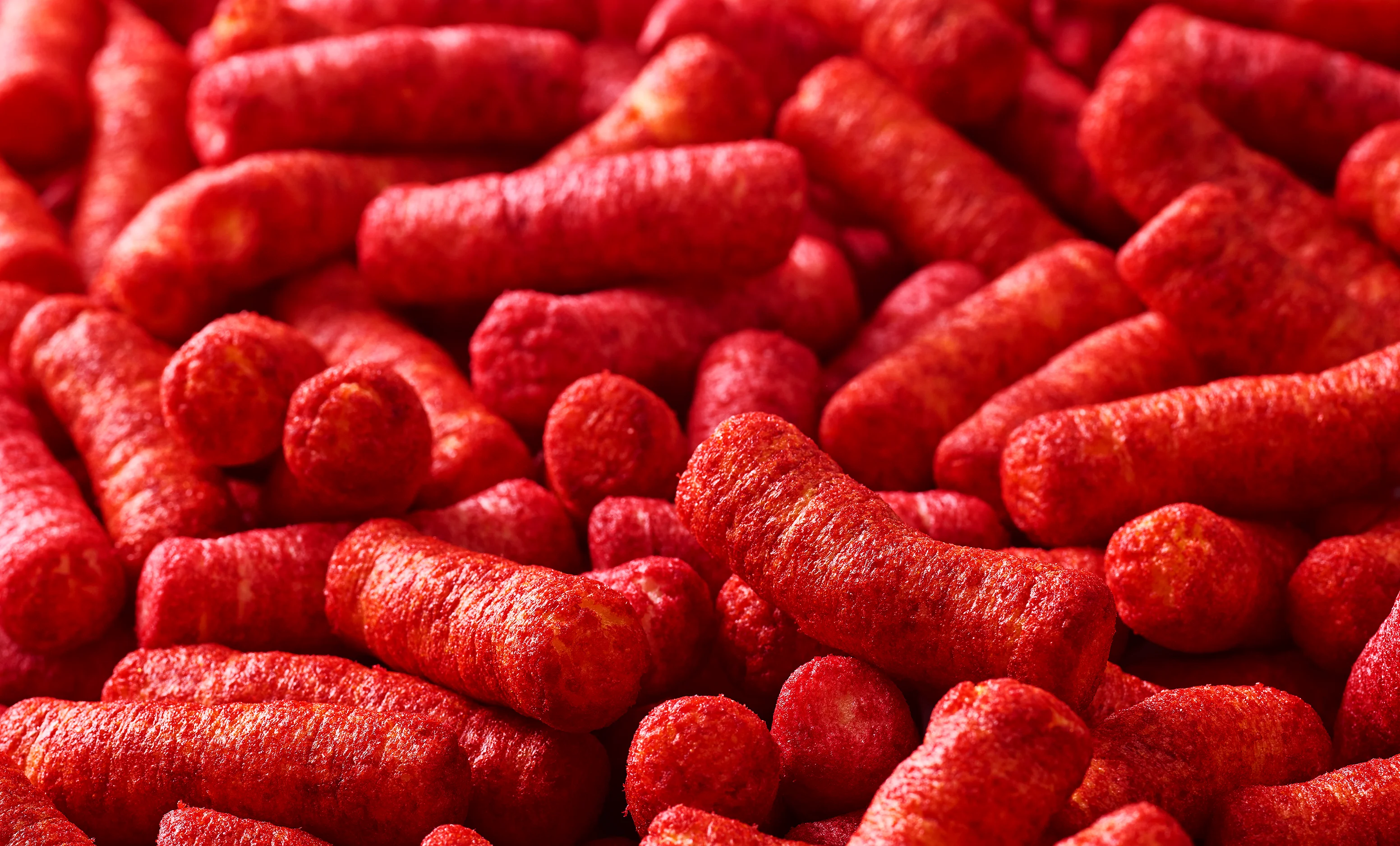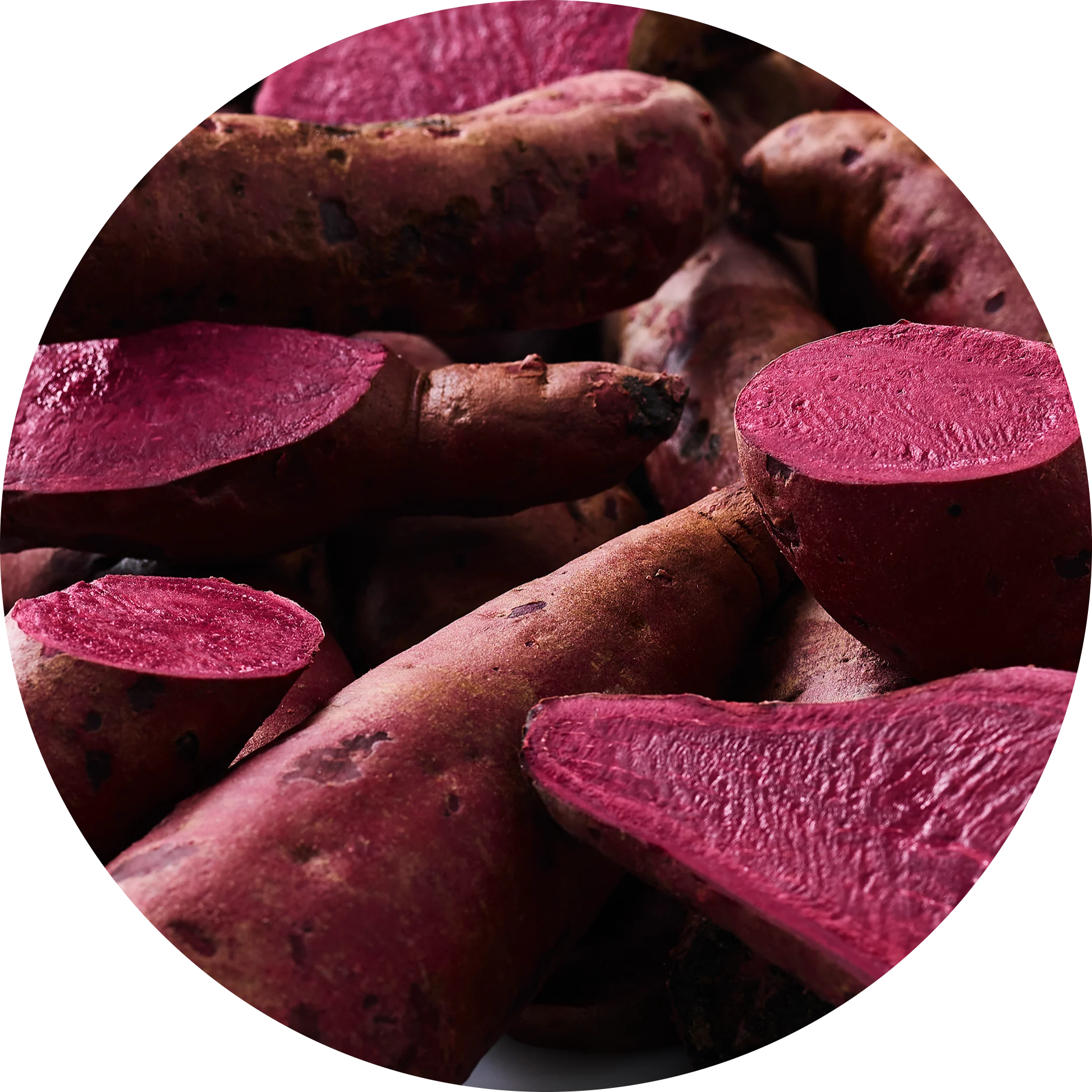Converting to natural colors | Nov 24. 2021 - 8:47AM
Why savory snacks need to keep up with health and wellness trends
Health and wellness have become a top priority and there is more food label scrutiny than ever before
Prepared Food Savory
Heidi Munck Graversen
Industry Business Manager
While many of us were comfort eating during the COVID-19 lockdown, focus has now shifted towards a healthier diet. Consequently the pursuit for food and beverage manufacturers to position their products as healthy is key to reducing a likely negative impact on the general performance of savory snacks in 2021.¹
Consumers today are increasingly aware of what they put in their mouths thanks to COVID 19. Health and wellness have become a top priority and there is more food label scrutiny than ever before. Whilst consumers are generally aware and accept that snacks are not entirely healthy, they still want better-for-you products and in a recent survey, 55% of global consumers said they expect snacks to offer a nutritional boost², for example with probiotics, protein or minerals.
Achieving a so called ‘clean label’ is one-way savory snack manufacturers can position themselves as better-for-you. Whilst there is no uniform agreement on the exact definition of clean label, it alludes that food and beverages containing simple, recognizable ingredients are natural rather than processed. “No Artificial” is the most common clean label claim used in packaged food. Taking a deeper look into the “No artificial” claims in packaged food in 2020, ‘No artificial color’ was the second most used claim, with ‘No artificial preservatives’ taking the top spot. ³
Converting from artificial or synthetic colors to natural colors is seen as a powerful way to clean up your label and position your brand as a healthier choice. In a recent survey by FMCG gurus, approximately 66% of consumers prefer natural colors in their food and beverages⁴. Although the conversion towards natural colors is not new, it continues to escalate. This is not only because of consumer demand but also because regulatory bodies around the world are also closely monitoring what can go into our food and beverages. In some parts of the world, this means that products containing artificial colors must carry an on-pack warning label.
Food service and packaged food manufacturers are responding to the move towards natural by taking a clear stand against artificial ingredients. In the US, Burger King has recently announced a ban of 120 specific artificial ingredients including artificial colors. Nestle has also made strides to move away from artificial colors by claiming that only 1% by weight of all colorants used in food and beverages is defined as artificial. Instead, they use natural or minimally processed colors from plants and vegetables such as sweet potato, spirulina, turmeric and beetroot.⁵
Converting to natural color doesn’t have to be difficult and there are natural solutions that can color match artificial colors used in topical seasoning – for example red beet and paprika can be used instead of Red Lake 40 and Turmeric is a great alternative to Yellow 5. Not only can you give consumers the product they are used to, you can further boost your label with the power of the natural claim.
We have our dedicated application scientists located globally and are ready to support you with just about any application challenge you many face, and with the broadest color portfolio in the industry, we’ve got your color requirements covered.
At Oterra we provide natural colors and minimally processed coloring food stuff with quality consistency, unique shade options, supply security and a high level of food safety.
Sources 1) Euromonitor 2021 2) FMCG Gurus Top 10 trends for 2021 3) Euromonitor 2021 4) FMCG Gurus Oct 2019 5) Simplifying ingredient lists | Nestlé Global (nestle.com)

